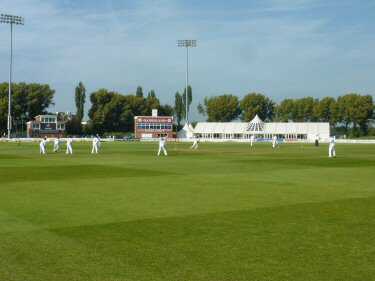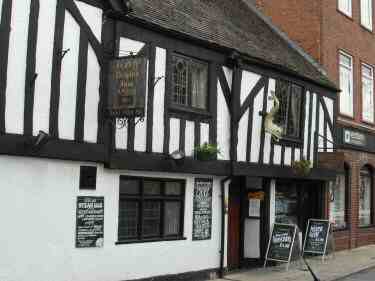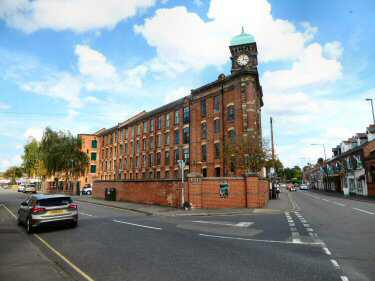A to Z - HIGHLIGHTS OF DERBY AND DISTRICT - PART 5
The A to Z – highlights of Derby and District is a 19-part series and will be published weekly.
Darley Abbey – Draycott

DARLEY ABBEY
Only two miles from the centre of Derby, the old village of Darley Abbey is at its most impressive when approached from the city along either side of the River Derwent. Few traces remain of the old abbey, founded in about 1140, which later became the richest and most powerful in Derbyshire. The land and properties owned by the abbey covered an extensive area not only in Derbyshire but also in Nottinghamshire. Most of the buildings of the once-proud monastery were destroyed within two years of the passing of the Dissolution of Monasteries Act.
It was the Industrial Revolution, with water as the driving force, that saw Darley Abbey transformed from a small settlement into an important industrial village. Thanks to the entrepreneurial approach of Thomas Evans and his family. Today Darley Abbey forms part of The Derwent Valley Mills World Heritage Site. The mills built by Thomas Evans, on the east bank of the Derwent, remain largely intact although no longer for cotton spinning. But for a diverse range of purposes.
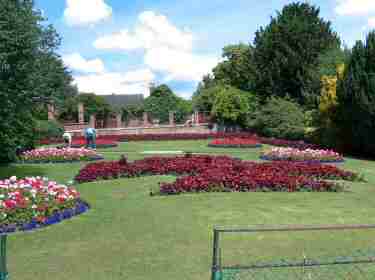
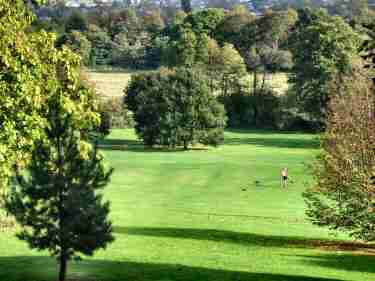
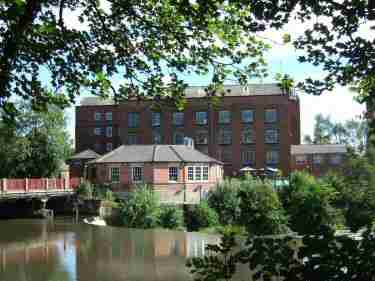
DARLEY HALL
After several changes of ownership, Darley Hall came into the ownership of the Evans family, in 1929. Derby Corporation then took it over and converted it into a school until 1958 when the school moved. When no further use for it could be found, the hall was demolished in 1962. Apart from the billiard room, which is now the terrace café fronted by attractive gardens.
DARLEY ABBEY PARK
Darley Abbey Park with its wide range of different tree species is at its most impressive when approached on the western side of the River Derwent. It is one of Derby’s most beautiful parks and is a popular leisure facility. Situated within easy walking distance of the city centre, it offers quiet and relaxing walks through unspoilt parkland.
DARLEY ABBEY MILLS
Originally the mills were water-powered. The chimney was erected at a later stage with the arrival of steam power. At the outset to ensure an adequate volume of water to drive the waterwheel and increase the speed with which the machinery was turned. It was necessary to increase the depth of the Derwent. Today Darley Abbey forms part of The Derwent Valley Mills World Heritage Corridor.
DARLEY ABBEY – THOMAS EVANS
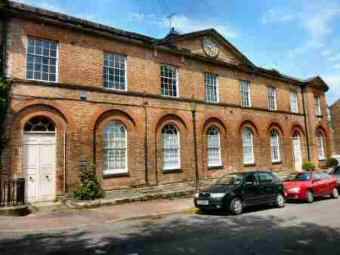
Born in 1723 and educated at Cambridge University, Thomas Evans expanded the family business and became a leading industrialist. In 1771, he entered into a partnership with Samuel Crompton, who had been mayor of Derby four years earlier, and formed the Crompton and Evans Bank. Both Sir Richard Arkwright and Jedediah Strutt were customers of the bank, which later became known as Thomas Evans and Son when Samuel Crompton lost interest. Evans’s enterprise created great wealth and considerable influence on the family.
He founded the mills at Darley Abbey, one of the most important industrial enterprises in an age of great innovation and progress. The boar’s head trademark, taken from the crest of the family coat-of-arms, was used by Evans to market his thread. It achieved recognition in many parts of the world where he traded, as a symbol of quality. Awards were won at the London Exhibitions of 1861 and 1862 as well as exhibitions in Dublin and Paris in later years.
DERBY ARENA
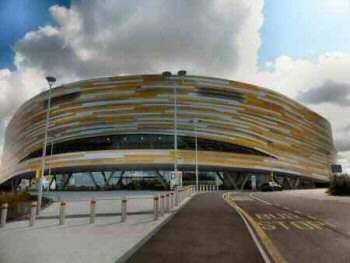
Derby Arena located at Pride Park is a multi-use arena and velodrome, suitable for sporting events as well as exhibitions, concerts, product launches and conferences. It can accommodate up to 5,000 people for special events, with some seated and others standing. The 250-meter indoor-cycle track is appropriate for individual, club, school, group and business track sessions, track leagues, and local, regional, national and international track events. Café 42’ is an excellent place to take refreshments and keep an eye on cyclists whizzing around the track.
At the rear of the Arena is ‘The Sanctuary’ a bird and wildlife reserve. It was formerly a gas works tip and had long been protected from development as part of the ‘green wedge’ policy of Derby City Council. However, it was not until 2001 that the importance and potential of this site were fully appreciated, when the work to create the Pride Park business site came to a close. The site has deliberately been kept quite bare and devoid of trees, which attracts birds like the skylark, meadow pipit, the common tern and many other species.
DERBY COUNTY FOOTBALL CLUB
Sir Francis Ley’s visits to America and his interest in baseball led to him founding a sports club and providing a ground for his workers. Here he encouraged them to play baseball. Eventually, the ground became the permanent home of Derby County from 1895 to 1997 and was named the Baseball Ground. Derby County won the old First Division Championship in 1971/72 and 1974/75 and the FA Cup in 1946. The club moved to Pride Park, in August 1997.
DERBY TELEGRAPH
After nearly 50 years of costly circulation wars, the Derby Telegraph merged with its rival, The Express, on 29 January 1932. The Express was owned by Allied Northern Newspapers, and Northcliffe Newspapers owned the Derby Telegraph. The two papers were combined and the joint paper was published at Northcliffe House, the new name given to the Corn Exchange. The paper has subsequently moved.
DERBY THEATRE
Formerly known as Derby Playhouse, it was offered the site in the Eagle Centre by the City Council, as part of the new shopping development. Following a period of financial problems, the theatre was forced to close. It re-opened again in 2009 under the ownership of the University of Derby and is used as a professional and learning theatre.
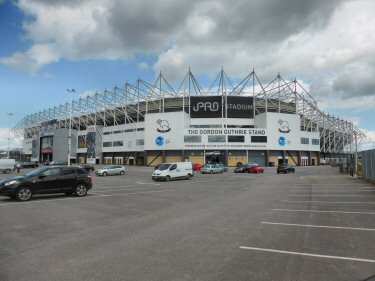
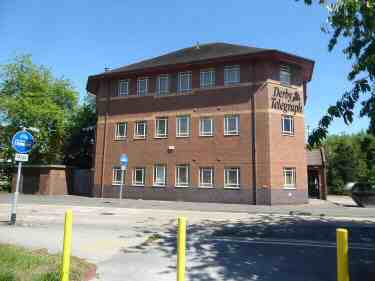
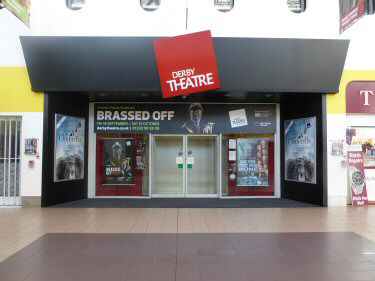
DERBYSHIRE COUNTY CRICKET CLUB
The formation of the Derbyshire County Cricket Club took place in November 1870. Derbyshire played its initial first-class match versus Lancashire at Old Trafford in May 1871 and joined the (then unofficial) County Championship. The club won the County Championship in 1936. In 1981 Derbyshire shocked the cricket-playing world by winning the Nat West Trophy. This was followed by several successful years under the captaincy of Kim Barnett.
DOLPHIN INN
The Dolphin, an old coaching inn, is Derby’s oldest surviving pub, claimed to have been founded in 1530. It is a fine example of a timber-framed building. The Dolphin was a well-known Christian symbol in medieval days, which gives credibility to the presumed date of the founding of the pub. It is said to have been a stopping-off point for highwaymen including Dick Turpin.
DRAYCOTT
Recorded in the Domesday Book and lying astride a Roman road, Draycott is an ancient place. There are several old buildings in the village. Victoria Mill is of slightly more recent vintage and once was one of the most important lace factories in the world. When fully operational in 1907, it was said to be the largest manufacturing mill in Europe. It has been converted for accommodation.
